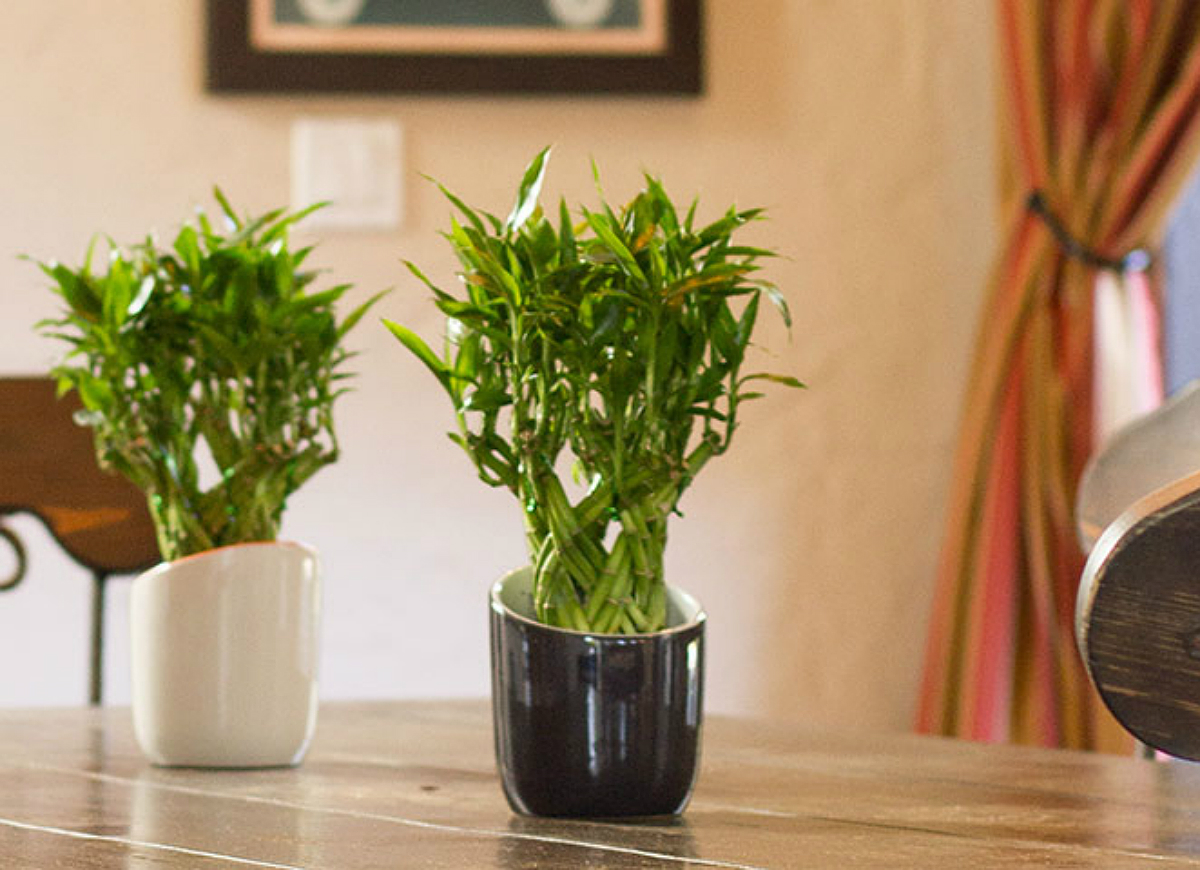Houseplants first made their appearance in Victorian parlors, where they rubbed shoulders with tufted furniture and bric-a-brac. Today, they flourish in minimalist apartments, sleek office buildings, and homes everywhere. Good for the spirit and good for the indoor environment, they delight us with their fascinating forms and flowers while replacing oxygen in the atmosphere. In return, they ask for adequate light, enough water – but not too much – and temperatures that approximate their desired range. Keep the following in mind.
Light
The most important consideration in growing houseplants is light. Light is vital to the process of photosynthesis by which plants manufacture food. On the whole, flowering plants need the most light. Some demand full sun in a south-facing window. Others need only a few hours of filtered or indirect light. Many tropical foliage plants can make do with even less.
When buying indoor plants, be sure to ask about their light requirements. If you have a plant that requires more light than your window admits, by all means supplement the daylight with a grow light and leave the light on from 12 to 14 hours during the day.
Water
More plants are killed by over watering than by neglect or any form of misplaced kindness. A good rule is to water thoroughly, then let the surface of the soil dry out before watering again. While water should drip through the hole in the pot after a thorough watering, it should never accumulate in the saucer. Roots immersed in standing water will rot.
It would be inconvenient if houseplants could be watered a specific number of times a week, but the amount of water required is affected by many factors, including the variety and size of the plant. Because a large plant with broad leaves expires more water than a small plant with diminutive foliage, for example, it often needs more water frequently. On the other hand, a large container holds more soil than a small one and therefore retains moisture longer.
The material of the pot has to be taken into consideration. A porous clay pot loses water more quickly than a plastic pot. Room temperature is another variable that affects the amount of water needed. The warmer the room, the faster moisture evaporates. The best way to water is with common sense and a finger poked into the soil. If it is dry half an inch down, it’s time to water.
Fertilizer
You can use either a full-strength water-soluble fertilizer for houseplants once a month, according to the package directions, or a very diluted solution of fertilizer every time you water.
